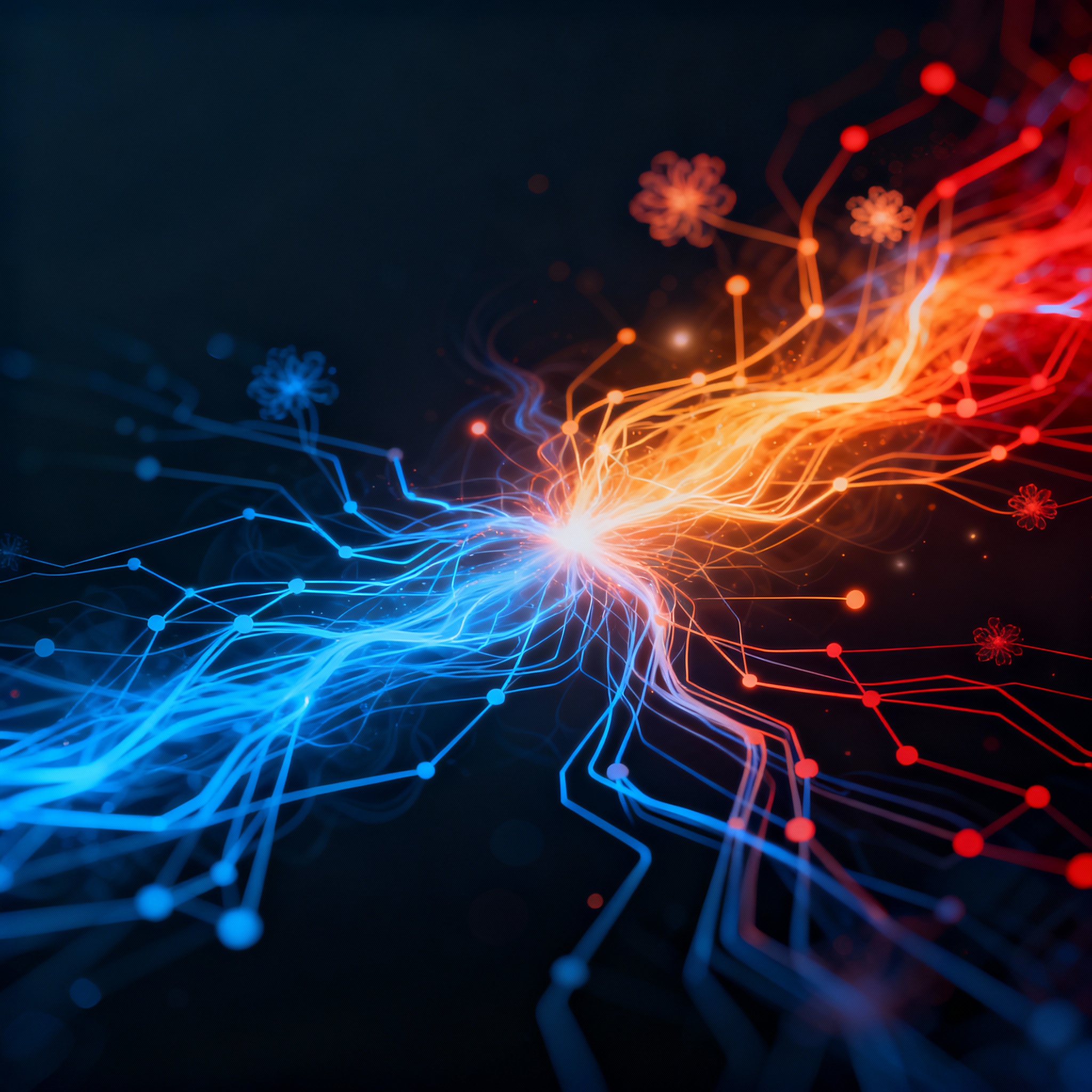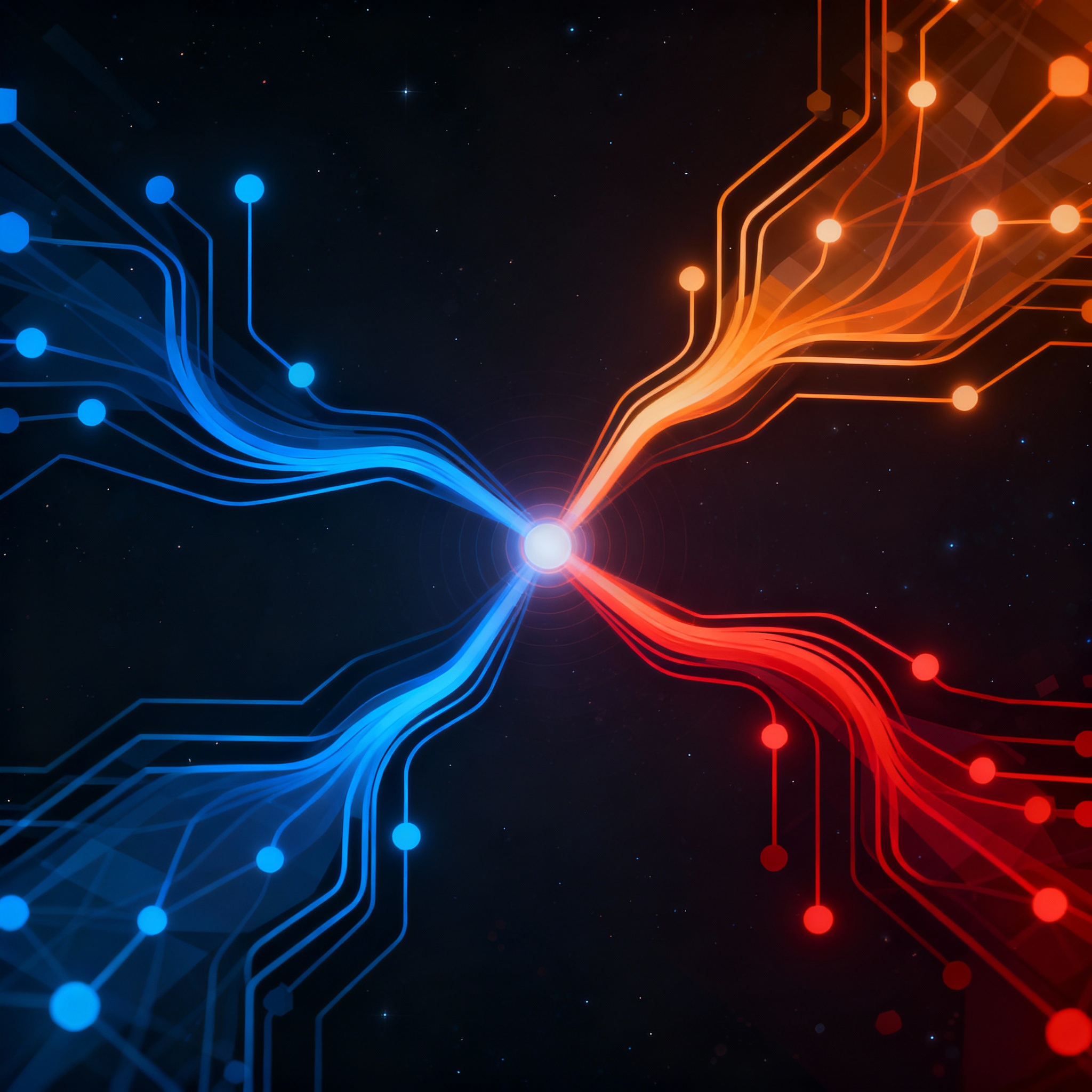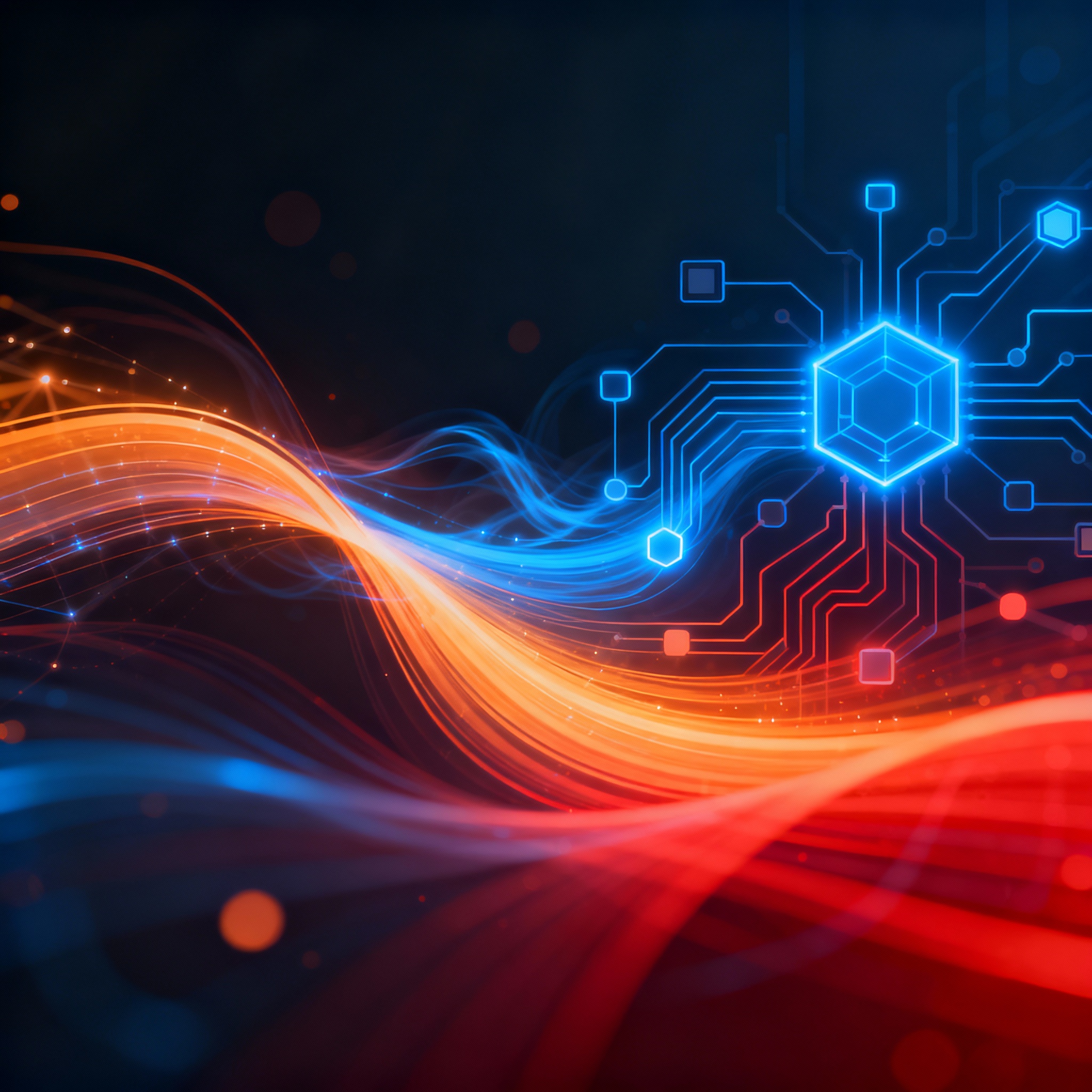
Crafting Custom Knowledge Paths: RAG's Integration in Personalized Learning Platforms
Crafting Custom Knowledge Paths: RAG's Integration in Personalized Learning Platforms
In today's fast-paced educational environment, one-size-fits-all teaching methods are giving way to dynamic, student-centered approaches. Personalized learning platforms, powered by artificial intelligence, are at the forefront of this shift, offering tailored content that adapts to each learner's pace, style, and knowledge gaps. At the heart of many such innovations is Retrieval-Augmented Generation (RAG), a technique that enhances large language models (LLMs) by pulling in relevant information from external sources before generating responses. This not only improves accuracy but also ensures that educational content is both current and customized.
As a technical blog writer for ChatRAG—a Next.js boilerplate designed for launching chatbot-agent SaaS businesses—I've seen how RAG can transform simple chat interfaces into sophisticated educational tools. In this post, we'll explore how RAG is being applied to personalized learning platforms, drawing on recent research and providing practical examples for developers and educators alike. Whether you're building an intelligent tutoring system or an adaptive e-learning app, understanding RAG's potential can help you create more engaging and effective learning experiences.
Understanding RAG in the Context of Education
Retrieval-Augmented Generation works by first retrieving relevant documents or data from a knowledge base using a retriever model, then feeding that information into a generative model like an LLM to produce informed outputs. In educational settings, this means an AI tutor can access a vast repository of textbooks, articles, and past student interactions to deliver precise, context-aware explanations.
For instance, imagine a student struggling with algebra. A RAG-powered platform wouldn't just regurgitate generic definitions; it would retrieve specific examples from educational databases, cross-reference them with the student's progress history, and generate a step-by-step tutorial tailored to their misconceptions. This adaptive capability is particularly valuable in personalized learning, where the goal is to meet learners where they are.
Recent studies highlight RAG's effectiveness here. According to research on generative AI's impact on personalized intelligent tutoring systems, integrating RAG with LLMs can significantly enhance the relevance and personalization of feedback, leading to better student outcomes. This aligns with broader trends in AI-driven education, where adaptability is key to engagement.
Key Benefits of RAG for Personalized Learning
RAG brings several advantages to educational platforms, making them more than just digital textbooks. Let's break down some of the core benefits:
Enhanced Accuracy and Relevance
Traditional LLMs can sometimes "hallucinate" incorrect information, but RAG mitigates this by grounding responses in retrieved data. In a learning platform, this ensures students receive factual, up-to-date content. For example, in history lessons, RAG could pull from verified sources to explain events accurately, adapting explanations based on the student's grade level or prior knowledge.
Scalability for Diverse Learners
Personalized learning must accommodate varying needs, from K-12 students to adult learners. RAG enables scalability by allowing platforms to handle massive knowledge bases without retraining the entire model. A study on artificial intelligence in adaptive education emphasizes how such techniques foster inclusive learning environments, supporting students with disabilities or those in remote areas.
Interactive and Engaging Experiences
RAG facilitates conversational learning, where students can ask questions in natural language and receive dynamic responses. This is akin to having a personal tutor available 24/7. Tools like ChatRAG make it straightforward for developers to build these interfaces, integrating RAG pipelines with Next.js for seamless, responsive apps.
Practical example: Consider a language learning app where RAG retrieves vocabulary from a user's native language database and generates practice sentences based on their proficiency. This not only boosts retention but also keeps learners motivated through relevant, bite-sized challenges.
Real-World Applications and Case Studies
The research landscape is rich with examples of RAG in action. One innovative approach is seen in SocraticLM, which explores Socratic personalized teaching with large language models. This framework uses RAG to simulate Socratic dialogue, prompting students to think critically by retrieving and generating questions that build on their responses. In practice, this could be implemented in a platform where a student discussing physics concepts receives follow-up queries drawn from a curated knowledge base, encouraging deeper understanding.
Another compelling application is in adaptive learning for inclusive education. PathRAG's use in generative AI for sustainable and inclusive education demonstrates how RAG can adapt content for diverse learners, such as those with varying cultural backgrounds or learning disabilities. For developers, this means designing RAG systems that incorporate multilingual databases and accessibility features, ensuring equity in education.
In foreign language education, research positioning LLMs as effective tutors shows how RAG enhances language practice by retrieving authentic dialogues and cultural contexts. Imagine a SaaS platform built with ChatRAG that offers real-time conversation practice, where RAG pulls from vast linguistic datasets to simulate native speaker interactions.
These examples underscore RAG's versatility. A case study from an edtech startup might involve integrating RAG into a mobile app for math tutoring. By indexing a database of problems and solutions, the app retrieves similar exercises to a student's query and generates hints or full explanations, adapting difficulty based on performance metrics.
Implementing RAG in Your Educational Platform
For developers looking to integrate RAG into personalized learning platforms, here's a step-by-step guide with actionable insights.
Step 1: Set Up Your Knowledge Base
Start by curating a robust knowledge base. Use vector databases like Pinecone or FAISS to store educational content—think textbooks, lecture notes, and interactive quizzes. Index them for efficient retrieval.
Step 2: Choose Your Retriever and Generator
Select a retriever model (e.g., Dense Passage Retriever) to find relevant chunks of information. Pair it with an LLM like GPT-4 or Llama for generation. In ChatRAG, this integration is streamlined, allowing you to focus on UI/UX rather than backend complexities.
Step 3: Personalize with User Data
Incorporate user profiles to refine retrieval. For example, track a student's past interactions and use them as context in queries. This creates a feedback loop where the system learns from each session.
Code snippet for a basic RAG setup in JavaScript (using hypothetical libraries for illustration):
import { RetrievalQAChain } from 'langchain/chains';
import { OpenAI } from 'langchain/llms/openai';
import { PineconeStore } from 'langchain/vectorstores/pinecone';
async function ragQuery(question, userContext) {
const llm = new OpenAI({ modelName: 'gpt-3.5-turbo' });
const vectorStore = await PineconeStore.fromExistingIndex(); // Assume indexed educational data
const chain = RetrievalQAChain.fromLLM(llm, vectorStore.asRetriever());
const response = await chain.call({ query: `${userContext} ${question}` });
return response.text;
}
// Example usage
const studentContext = 'Student level: Beginner, Subject: Algebra, Past errors: Factoring quadratics';
const answer = await ragQuery('Explain solving quadratic equations', studentContext);
This snippet shows how to augment queries with user context for personalized responses.
Step 4: Ensure Ethical and Safe Implementation
Address privacy by anonymizing data and complying with regulations like FERPA. Test for biases in retrieved content to promote fair learning.
Advanced frameworks like ReAL, which uses retrieval-enhanced agents for adaptive learning offer blueprints for simulating real teachers, complete with adaptive strategies that evolve based on student progress.
Challenges and Solutions
While powerful, RAG isn't without hurdles. Retrieval accuracy can falter with noisy data, so regular curation is essential. Scalability issues arise with large datasets; optimize by using hybrid search methods. Insights from LLM-powered multi-agent frameworks for goal-oriented learning suggest using agents to handle complex queries, breaking them into subtasks for better personalization.
Future Directions for RAG in Education
Looking ahead, RAG could integrate with emerging tech like VR for immersive learning or blockchain for secure credentialing. As LLMs advance, RAG will enable even more nuanced adaptations, such as emotional intelligence in tutoring.
In summary, RAG is paving the way for educational platforms that truly understand and adapt to learners. By leveraging tools like ChatRAG, developers can quickly prototype and deploy these systems, bridging the gap between AI potential and practical education.
Key Takeaways
- Personalization at Scale: RAG allows platforms to deliver tailored content without constant model retraining.
- Improved Engagement: Interactive, accurate responses keep students motivated.
- Actionable Steps: Start with a solid knowledge base, integrate user data, and iterate based on feedback.
- Research-Backed: Draw from studies like those on Socratic teaching and adaptive agents to inform your designs.
- Ethical Focus: Prioritize inclusivity and data privacy for sustainable impact.
By embracing RAG, we're not just teaching facts—we're fostering lifelong learners in an increasingly personalized world.
Ready to build your AI chatbot SaaS?
ChatRAG provides the complete Next.js boilerplate to launch your chatbot-agent business in hours, not months.
Get ChatRAGRelated Articles

Mastering Internal Knowledge: How RAG Powers Enterprise Documentation Search
In today's data-driven enterprises, sifting through vast internal documentation can be a major bottleneck. Retrieval-Augmented Generation (RAG) emerges as a game-changer, combining AI retrieval with generation to deliver accurate, relevant responses. This guide dives into implementing RAG for efficient knowledge management.

Streamlining Scholarly Scrutiny: RAG's Impact on Manuscript Review in Publishing
In the fast-paced world of academic publishing, reviewing manuscripts can be a daunting task fraught with information overload. Retrieval-Augmented Generation (RAG) emerges as a game-changer, combining AI's generative power with targeted data retrieval to enhance accuracy and efficiency. This post delves into how RAG streamlines the review process, from literature verification to constructive feedback.

Streamlining Patient Records: The Power of RAG in Modern Healthcare Management
In the fast-paced world of healthcare, managing patient records efficiently is crucial for quality care. Retrieval-Augmented Generation (RAG) combines large language models with real-time data retrieval to provide contextually accurate information. This post delves into how RAG can transform record management, backed by recent research and practical examples.